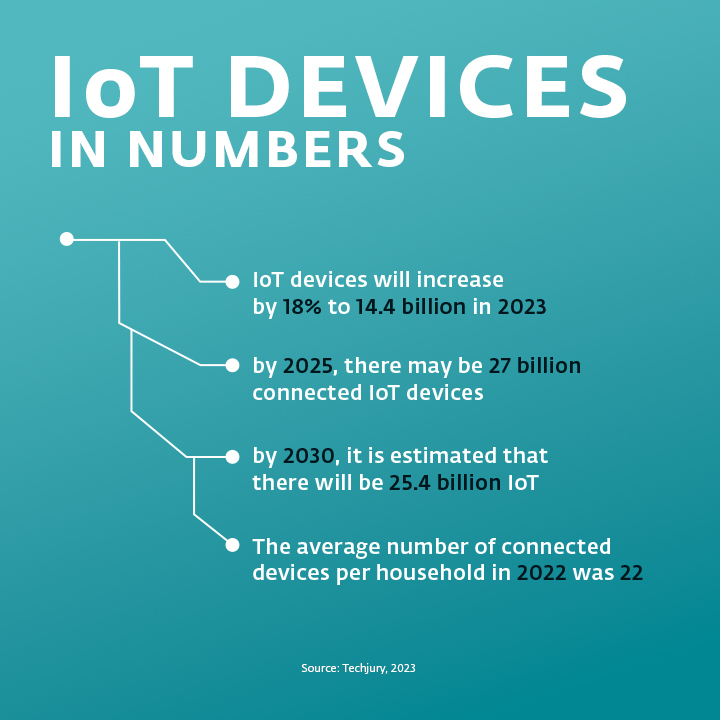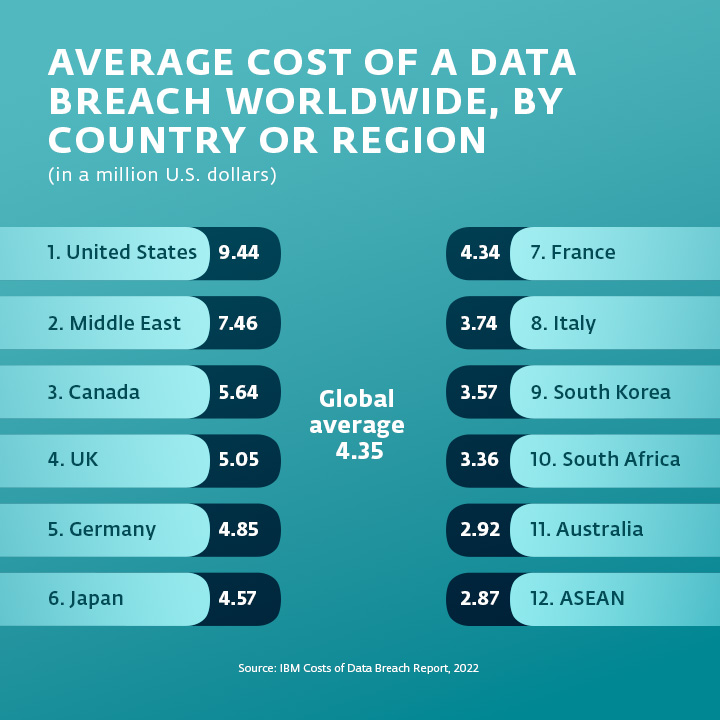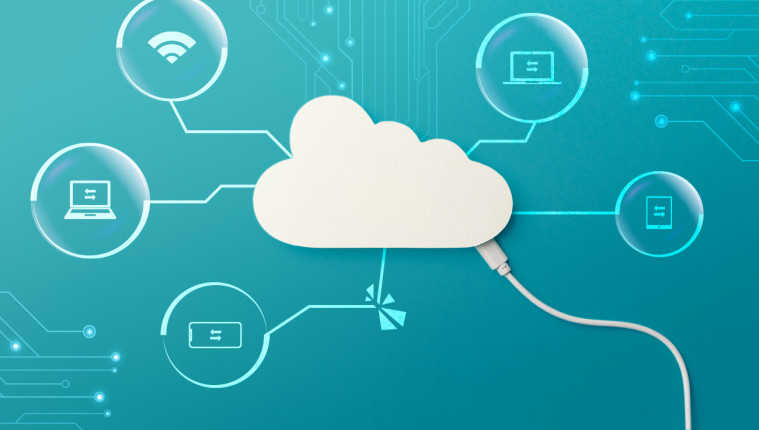The abrupt increase in energy prices is currently a topic for many businesses. But while thinking of lowering your power consumption and saving money, don’t forget about cybersecurity, too. After all, these two topics are more related than one might think. How? Let’s explore some connections between energy prices and cybersecurity.
1. Internet of Things (IoT) devices may help you regulate your energy consumption – but only if you know how to control them
Using IoT devices can be a double-edged sword. Given that about 13.1 billion of them were, IoT solutions can consume significant power. On the other hand, IoT assets can also monitor your business’s energy consumption or even noticeably decrease it.

Smart thermostats, clever lighting systems, remote control devices, and real-time analytics tools are just some of the IoT assets that can help your company use power more efficiently. At the same time, each connected device represents a potential weak point that needs to be regularly checked. Thinking solely about power consumption while forgetting cybersecurity can be costly, as IoT devices may initially cost you more than you save.
In other words, each IoT asset deserves your attention and a proper security check. Here are some easy tips you can follow:
- Disconnect devices when they are not being used
- Always change the default password
- Use some form of encryption to protect the data leaving your network
- Divide your network into subnetworks so that even if cybercriminals manage to break in, they can only access a portion of your data, not all of it
- Regularly update your software and firmware
- Use a reliable solution that will constantly monitor the state of your cybersecurity, including IoT devices
Want to be sure that you have your IoT devices under control? Consider conducting a cybersecurity risk assessment. Find out more.

2. On-premises or cloud solutions? When it comes to energy savings, the latter is the winner
Deciding between a cloud and an on-premises solution is a question of price, cybersecurity, and energy. Why so? For many companies nowadays, Cloud computing is the way to go. Still, businesses must reckon with a higher initial investment when shifting from an on-premises infrastructure to a cloud when. As a result, many companies may feel discouraged from taking a step in this direction, especially since they now need to think about the rising energy prices too.
On the other hand, in the long term, cloud computing generally pays off. On-premises solutions have higher maintenance costs, including system upgrades, hardware replacements – and higher power consumption. Once you have a cloud solution, you don’t need to physically take care of the servers and pay for the energy required to keep them powered, secured, and cooled at all times. Thus, when deciding between on-premises and cloud solutions, considering their present and future impacts pays off.
3. With the growing energy prices, why does it pay off to invest in security?
One expected consequence of the current energy price increase is that many businesses may need to find savings in other budget components. But cybersecurity should not be one of them. Companies often already undervalue this area, and the financial consequences of a cyberattack or a data breach can outweigh the cost saved by neglected prevention.
Doing the necessary updates, undergoing regular cybersecurity risk assessments, or paying for cyber insurance may be essential in maintaining a company’s cybersecurity. However, for some companies, it may seem as if no money in their budget is left for that. Still, there is a reason no one should forget about cybersecurity and the costs incurred following a breach.

As the data show, experiencing a cybersecurity incident could be significantly more costly than keeping your infrastructure secured and as cybercrime-proof as possible. The current situation will pass one day, and the power prices may eventually drop. In the meantime, it is essential to see the bigger picture.




